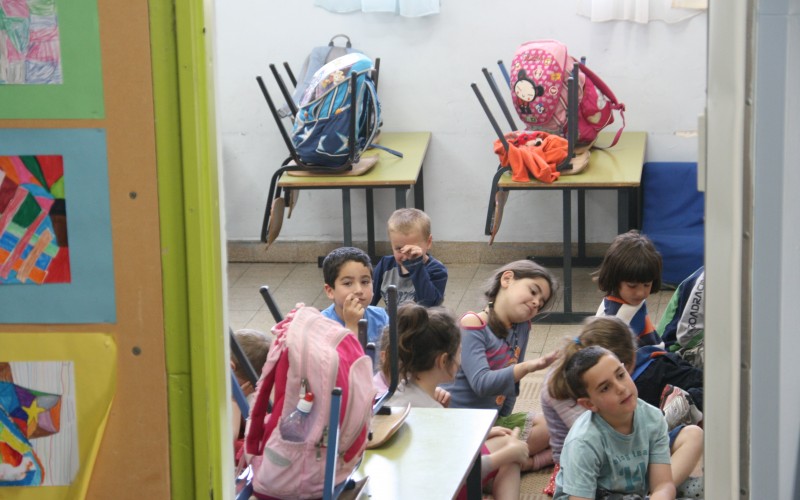According to an October 2014 study challenging the fairness of Israeli education, Israeli Arabs are disadvantaged relative to their Jewish peers when it comes to sitting standardized exams because Arabic is more difficult to both read and comprehend than Hebrew.

The study, published by Prof. Rafiq Ibrahim of the University of Haifa, focuses on standardized exams like the National Institute for Testing and Evaluation’s bagrut and psychometry – without which students cannot apply to institutions of higher learning.
There is no clear resolution in sight, despite a debate about appropriate responses to the problem. But the study prompts an important examination of Israeli education relative to its peer systems. Israel is known for its advanced technological research and critical contributions to academia. Indeed, the country boasts twelve Nobel laureates – a figure singularly disproportional given the size of Israel’s population.
Israel’s higher education system is flourishing
Just as importantly, higher education seems to be flourishing. Of the country’s nine research universities – all of which are publicly funded – more than a few have reputations extending beyond Israel’s borders. The Hebrew University of Jerusalem, Weitzman Institute, Technion (Israel Institute of Technology), and Tel Aviv University have recognizable names in international circles. And there remains, in addition to their doctorate-granting counterparts, a rich ecosystem of over forty undergraduate degree-granting colleges.
It is little surprise, when considering its university landscape, that Israel has become known as a global hub of technological innovation. Indeed, it is largely considered the world’s most prominent startup hub outside of Silicon Valley. Both are insular and cover a relatively small geographic territory. The distance between Palo Alto (home to Stanford University) and Berkeley (home to the University of California, Berkeley) is only 45 miles – a similar distance to that between Israel’s Weitzman Institute in Rehovot and the Technion in Haifa.
More to Israeli education than meets the eye
The earlier stages of its educational system are ripe for serious improvement, however. According to an OECD study published in June 2013, for example, pre-school, primary, and secondary education receive only one-third as much funding – in annual expenditure per student – as the OECD average.
The ratio of students to teaching staff needs improvement, as well. Israel ranks second worst in the OECD in pre-school education – arguably a child’s most formative stage of learning. Teacher compensation, hours spent in the classroom, and renewed emphasis on STEM (science, technology, engineering, and mathematics) coursework could all use an overhaul.
While Israel dedicates a higher percentage of GDP (7.4% in 2010) to education, this figure has not grown along with inflation.
“There are more children here in relation to the population as a whole, and population growth rates here are higher,” writes Lior Dattel for Haaretz, explaining the country’s challenges.
Israeli public education, though historically successful, is beginning to fray at the edges. If ministerial reform and budget reprioritization continue to slip through the cracks, the resulting effects will begin to be felt not only amongst Israel’s student population, but also within the business and tech communities that rely upon higher education.
sourche: http://globalriskinsights.com/2015/02/israels-primary-education-needs-work-to-stay-ahead/
Δεν υπάρχουν σχόλια:
Δημοσίευση σχολίου